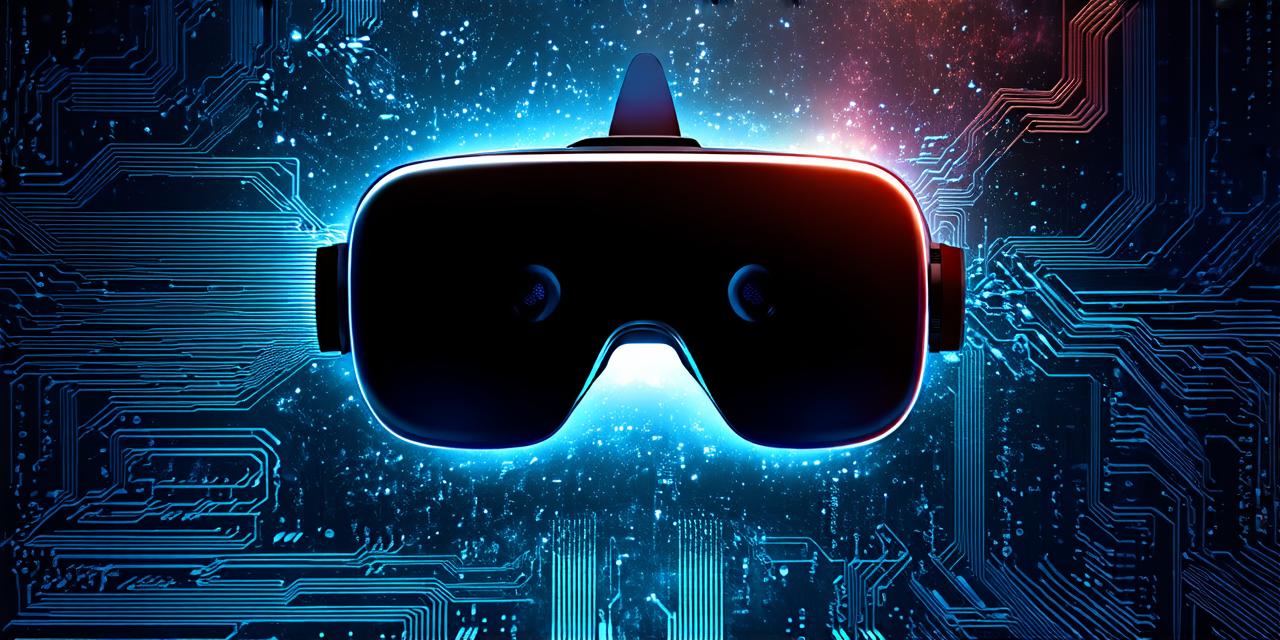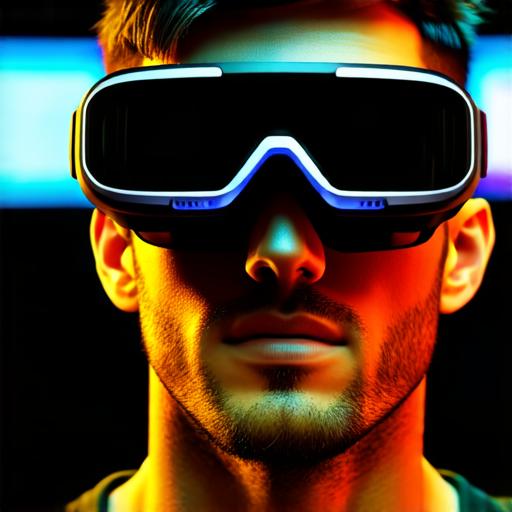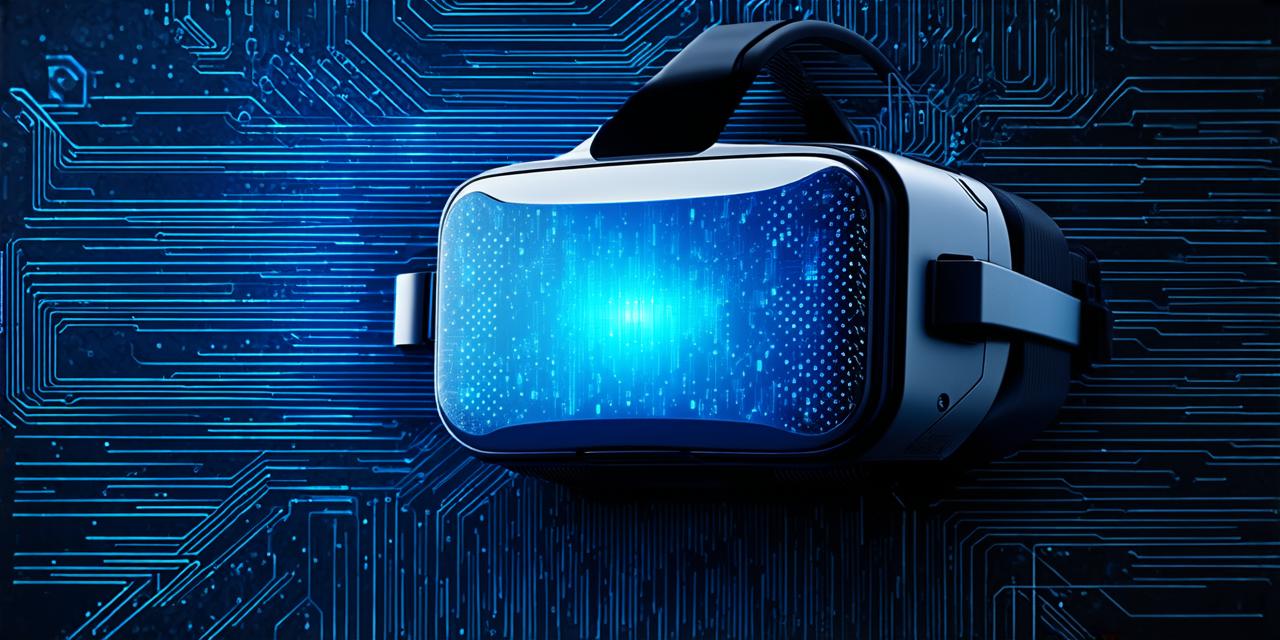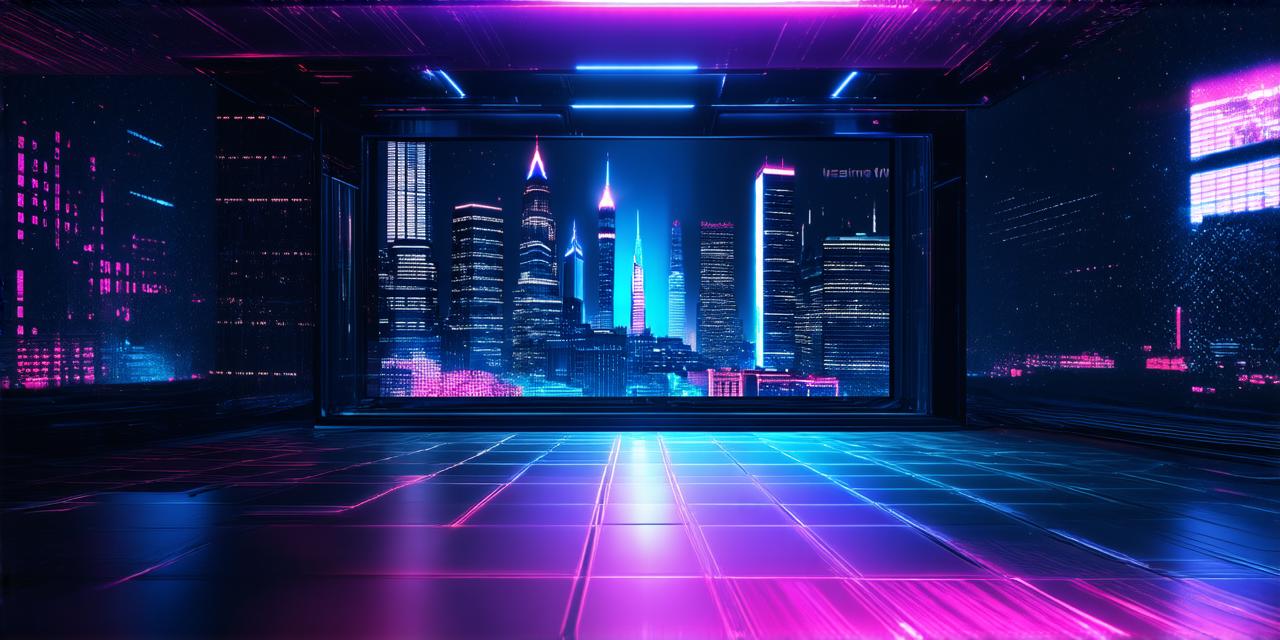
Is VR actually 3D?
Virtual reality (VR) technology has revolutionized the way we interact with digital content, immersing users in a simulated environment that can feel as real as the real world. However, one question that has been asked repeatedly is whether VR technology is truly 3D or just an illusion of depth.
Table of Contents
ToggleWhat is VR?
Virtual reality is a computer-generated simulation that can be experienced through specialized headsets or other devices such as smartphones or tablets. The technology creates an immersive environment by presenting stereoscopic displays, which create the illusion of depth and distance in the virtual world.
The Technology Behind VR
To understand whether VR is truly 3D, we need to examine how it works. At its core, VR technology uses two screens, one for each eye, that display slightly different perspectives. This creates a stereoscopic effect that simulates depth perception, making objects appear smaller or farther away as they recede into the distance.

In addition, VR technology can also use motion tracking to track the user’s movements and adjust the virtual environment in real-time. This allows users to move around and interact with objects in the virtual world, creating a more immersive experience that can feel almost like reality.
Is VR 3D?
Now that we understand how VR works, let’s answer the question – is VR actually 3D? While VR technology does create the illusion of depth and distance in the virtual world, it is not truly three-dimensional. In other words, VR is not capable of creating a fully realized three-dimensional environment that can be experienced in the same way as the real world.
This is because VR technology relies on stereoscopic displays and motion tracking to create the illusion of depth and distance. While this can create a highly immersive experience, it does not actually create a physical three-dimensional space that users can navigate in the same way as they would in the real world.
In conclusion, while VR technology may give the appearance of being 3D, it is not capable of truly replicating the three-dimensional experience of the real world. However, this does not detract from the overall impact and immersion that VR can provide. The technology continues to evolve, and we may one day see a fully realized three-dimensional environment that can be experienced in the same way as the real world.
Until then, VR remains an impressive and innovative tool for creating highly immersive digital experiences.

